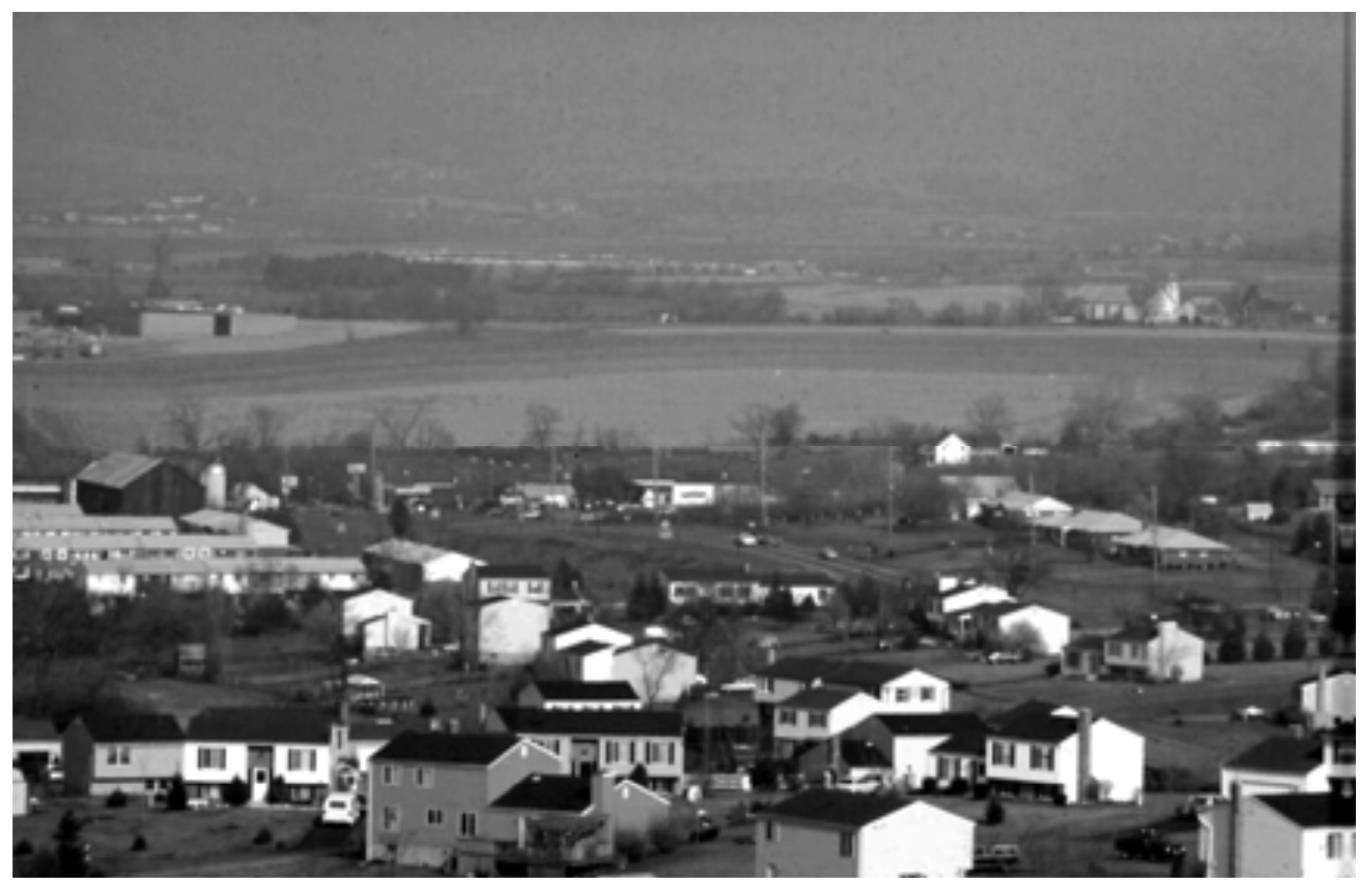Defining Water Resource Limitations
Each local government will need to identify and compare the potential water supply and wastewater treatment capacities relative to existing point source allocations over the planning period and capabilities relative to the projected growth in demand. The point at which the demand intersects supply and treatment capacity thresholds should be identified. The Water Supply and Wastewater Capacity Management Plan guidance documents published by MDE in October of 2006 provide a sound methodology for this analysis. Information on these documents can be found in the appendix.

Water resource limitations include existing water supply and wastewater infrastructure limitations, the susceptibility of potable water sources to pollution, Chesapeake Bay Tributary Strategy point source caps in Maryland's Point Source Strategy and the water body assimilative capacity or TMDLs.
Chesapeake Bay Tributary Strategy point source caps refers to the annual nutrient load caps for each of Maryland's significant wastewater treatment plants (i.e., those with a design capacity of 500,000 gallons per day or greater) that discharge to the Chesapeake Bay or its tributaries. The caps are based on an annual average concentration of 4.0 mg/l total nitrogen and 0.3 mg/l total phosphorus and the approved design capacity of the plant. In this context, the approved design capacity meets the following two conditions:
* A discharge permit was issued based on the plant capacity or MDE issued a letter to the jurisdiction with design effluent limits based on the new capacity as of April 30, 2003.
* Planned capacity was either consistent with an MDE-approved County Water and Sewer Plan as of April 30, 2003, or shown in a locally-adopted Water and Sewer Plan Update or amendment to the County Water and Sewer Plan, that were reviewed and approved by MDE. Maryland facilities discharging to the Chesapeake Bay or its tributaries with a design capacity of less than 500,000 gallons per day, also known as nonsignificant facilities, have annual nutrient load projections based on design capacity or projected 2020 flow (whichever is less) and concentration of 18 mg/l total nitrogen and 3 mg/l total phosphorus. With expansion, load projections for nonsignificant facilities become load caps not to exceed 6,100 lbs/yr total nitrogen and 457 lbs/yr total phosphorus.
Facilities that either grow beyond their established loads or are unable to achieve them because of technical limitations may be eligible to trade or use other nutrient load offsets, subject to the requirements of a National Pollutant Discharge Elimination System (NPDES) permit.
Achieving the point source TMDL allocation alone is not a guarantee that the TMDL will be achieved; reducing nonpoint source loads to meet the nonpoint source TMDL allocation must also be achieved. This can be assessed using a nonpoint source reduction feasibility analysis.
The WRE calls for a simple nonpoint source feasibility analysis to estimate changes in nutrient loads resulting from proposed land use changes. A nonpoint source feasibility analysis calculates whether it is possible to achieve nonpoint source allocation by implementing best management practices (BMP) within the watershed or planning area. Examples of BMPs include innovative environmental site design, agricultural riparian buffers and stormwater filtration systems. The nonpoint source reduction feasibility analysis can help a local government determine the potential for achieving the nonpoint source TMDL allocation and whether point source loads might need to be reduced beyond the point source TMDL allocation to achieve total TMDL.
Local governments should consider the percent of impervious cover (e.g., sidewalks, highways, rooftops) within a watershed as a water resource limitation even though there are currently no legal requirements to do so. As discussed in the Maryland Department of Natural Resources' (DNR) December 2005 publication, A User's Guide to Watershed Planning in Maryland, a wide array of research has documented the strong relationship between impervious cover and stream quality. According to the Center for Watershed Protection's Impervious Cover Model, most stream quality indicators decline when watershed impervious cover exceeds 10% with severe degradation expected beyond 25% impervious cover. More information on this can be found online at MD Users Guide Watershed Planning.